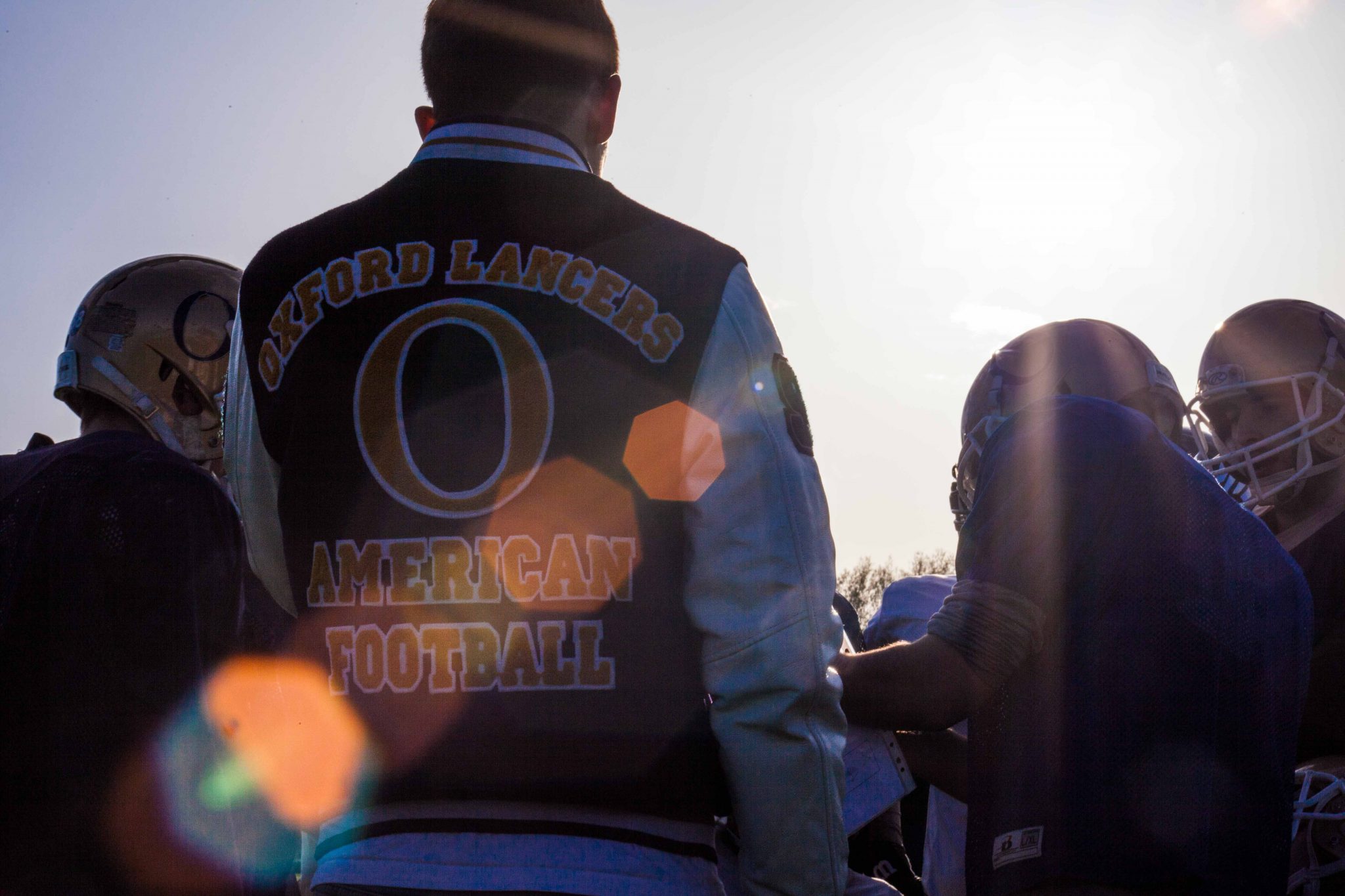In March 1968, the French journalist Pierre Viansson-Ponté claimed that the most prominent feature of French public life was boredom. He thought that the French people were untouched by the ‘great convulsions’ of the era. The next week, the administrative buildings of Nanterre University were occupied by students. By May, France was engulfed by student demonstrations, riots and general strikes. The government feared that the country was on the verge of civil war or revolution. One slogan read ‘Boredom is counter-revolutionary’. The ‘ennui’ of which Viansson-Ponté had complained no longer seemed to be a problem.
This Sunday marks the fiftieth anniversary of the Paris student protests. They remain some of the most iconic symbols of an era of world-wide anti-establishment protest: compelling because of the image of liberated youth, poignant because there is a distinct sense of doomed idealism. May 1968 is now recognised as a turning point in French culture, even if no-one can quite agree how important or beneficial it actually was.
The fiftieth anniversary comes at an opportune time. We live in a world of similarly fast social change and political shock, yet there no similar sense of collective action among today’s students.
The ‘spirit of the sixties’ is often spoken of as something lost. Some see 1968 as the last, great expression of that spirit before the world we now know emerged. We see that spirit in campaigns and protests across the world, but it is hardly reflected in a sixties sense of student protest.
So, what happened in 1968? First, May really began in March. The students of Nanterre University, a site so new the buildings were not yet finished, and located in the far, intellectually irrelevant suburbs of Paris, began to protest.
They were campaigning for the right for female students to enter the male students’ dormitories. At first glance, it seemed irrelevant to the great political issues of the time. However, they were concerned with far more than just codes of conduct. They were sick of the realities of post-war France, the stifling class hierarchies, bureaucracy, and conservatism that marked France under de Gaulle. Ultimately, they were criticising the materialist, capitalist model that dominated the whole of the Western world.
These were not purely political or practical aims. They were not activists with precise, clearly-defined goals in mind – they were not campaigning for various ‘issues’. May 1968 was as much a cultural revolution as anything else.
They demanded the cultural change that had emerged slowly in other countries in a matter of weeks. We cannot forget that the first demands made in March were about sex, and that many of the slogans in the following months had an air of sexual liberation. Their frustration with both the political regime and the state of French society meant that their demands were wrapped up into one revolutionary spirit, seizing the possibility of total change.
Compare this to today – many of our movements are single-issue focused, like the marches on gun control in America, the #MeToo movement. Today’s youth are well-educated on a huge variety of social issues, with unprecedented knowledge and sensitivity on issues of race, LGBTQ+ rights, feminism, mental health awareness, and more. This itself is the product of the sixties, with it’s movements opening up the spaces to talk about and demand more on these issues.
However, in the 1960s major reasons for rebellion were the growth of new social identities, and subsequent frustration with political parties, for their failure to articulate the accompanying political beliefs. Contrastingly today we do not seem to have a similar desire for complete societal change. British students seem to have little sense of protesting against the concept of ‘Britishness’, whatever that may be, in the same way the French students saw themselves as set against ‘Frenchness’.
The only comparable manifestations of the desire for social change in political change have been deeply reactionary, with the rise of right-wing, populist leaders, like Trump and Le Pen.
In America, where the political changes of the 2010s have exposed fault-lines in society, anti-Trump protests do not tend to take the tone of complete overhaul of the system, but rather a return to the previous norm. Though there have been in recent times protests expressing more general frustration with society, such as Occupy Wall Street, they do not seem to have captured the imagination of today’s generation of students.
Consider the fact that Brexit was not favoured by the youth. Perhaps it is difficult for the desire to remain within an institution to inspire revolution, but while, for example, the introduction of tuition fees lead to mass protest, Brexit was met with youth anger, but little concrete mass action.
In contrast, by the beginning of May 1968, in response to the protests, Nanterre was shut down. Students at the Sorbonne protested in response, and the police invaded the university, shutting it down as well. On 6th May, organised by the national union of students, 20,000 students and teachers marched to the Sorbonne.
The conservatism of the French state against which they protesting responded with force. Violence escalated on 10th May, resulting in public sympathy for the students. On 13th May, a march of over one million people was co-ordinated with a general strike.
The entire Western world saw the images of protest: clashes with the police, smashed windows, and burning cars. The protests spread outwards to other sectors of society equally unhappy with the current state of affairs. Workers began to occupy factories, which snowballed until ten million were on strike. With two-thirds of the workforce on strike, the government feared what could happen.
It was partly the involvement of the workers that has given May 1968 such lasting impact.
There were student protests around the world – it was, after all, an era of protest – but in no other country did they manage to pose an actual threat, to bring the workforce to a standstill. Finding themselves overwhelmed by the grassroots and attempting to control the situation, the unions made precise demands about wages. However, the protests were not about a specific issue; they had a far more expansive revolutionary spirit. When pay rises were negotiated, the workers rejected them. On the 29th May, de Gaulle fled the country. It is difficult today to imagine student protests coming to such a point that Theresa May would flee Number 10.
But why should we care about any of this? At first glance, the riots didn’t actually work. A month later, the conservative government was re-elected. The students lost public support once their leaders were given the chance to appear on television, and it became clear that their radicalism opposed the materialism of Western capitalist society. Both the first and fifth anniversaries of the events were largely ignored. It was not until the tenth anniversary that May 1968 was recognised as an event that had any significance or lasting impact.
Now, May 1968 is recognised as a moment of profound cultural change, but a similar process of change happened in most Western countries: a loosening in cultural and sexual morals, as societies altered in the aftermath of the world war and economic change. Perhaps the students have remained in the popular imagination simply because they have become more myth than reality: the image of radical, passionate youth is compelling.
Even if May 1968 didn’t succeed, even if the students can be dismissed as idealistic or naive, the level of their engagement and the level of their commitment cannot be denied. Compare this to our situation today: it would be hard describe the spirit of our youth as fully ‘revolutionary’.
Though we live in a time of seismic political and cultural change, with plenty of movements and activists, there is no coherent sense of a need for complete change. This is, perhaps, the result of the way we think about protest in the world today – and the fact that we seem to lack any vision of an alternative.
We have seen social movements being assimilated. Whereas in 1968 the workers refused the compromises negotiated by the unions in the knowledge that it was simply a plaster for the underlying situation, today we see companies claiming to care through offering corporate ‘mindfulness’ sessions.
We have seen the adoption of self-empowerment rhetoric by make-up companies, packaging eyeliner and lipstick as a patriarchy-defying act. Feminism is, in its most watered-down version, defined solely as the right to make personal choices, while the image of femininity becomes ever more extreme, especially through the influence of social media platforms.
Much protest today seeks to work within the system, rather than overturn it.
The invaluable work of activists to raise awareness is co-opted, without addressing any of the underlying issues, such the nature of the modern capitalist workplace, the stresses of the modern economy, and the expectation of maximising one’s own productivity. Of course, solutions which rely on compromise can bring us important, concrete results.
However, if we only seek to improve the existing systems, if we lack any coherent idea of an alternative future, if we fail to even recognise the possibility of other societies and other systems, the underlying issues will never be fully addressed. If we cannot believe in an alternative, then we cannot aim for it – and if we have no aim, then the work is futile.
It is a highly capitalist way of thinking, where social movements and the work of activists are seen as trends, to be exploited for their market potential, without creating any real change, apart from the nebulous concept of ‘awareness’.
The history of anti-establishment protest has always been fraught with exploitation and co-operation, but we seem to be in a period where the image of protest, the image of change, is used to advertise the continuation of the status quo.
Indeed, Gucci’s current campaign which recreates protest scenes with models in luxury clothing, “inspired by the spring of student awakening in Paris 1968”, demonstrates this point exactly. This capitalist mode is pervasive, influencing the way we approach other protest.
Looking at the recent strikes over academic pensions, it was common to see students complaining about the lost contact time in connection with their tuition fees. This marketisation of education is undoubtedly the result of the introduction of tuition fees, but also seems to be the result of much broader trends.
From the moment we enter the education system, we view each other as competitors. We conceive of ourselves as individuals fighting our own way, participants in a relentless culture of accumulating achievements, interviewing for internships, assuming a suitable place in the job market.
We fear what will happen if we slip, seeing the instability of the world ahead. In all of this, there is little time or reward for collective action, or even for challenging the status quo.
Given the number of students who seemed to oppose collective action simply because they felt they had purchased a product, would we even be able to mount the sort of collective protest seen in 1968? It seems doubtful.
It is no great surprise that an institution like Oxford University is not today full of radicals. We are the beneficiaries of this system – it is us who stand to benefit from the continuation of the status quo.
It was not, after all, the Sorbonne that protested first in 1968, but Nanterre, on the periphery of traditional French intellectual life. For us, there has not yet been a breaking point – we still have something to lose.
There are, of course, countless examples of the spirit of protest alive today. What we lack is a similar sense of student protest. Crucially, there is little collective spirit today of students offering an entirely different vision of the world.
This is not to say that we ought to start a revolution, but rather that we should compare ourselves to 1968, and ask how we feel about the state of the world that we face today.
Mass protest may often be unsuccessful, but it is, at least, an expression of feeling, rather than grim acceptance of the way things are.
Perhaps, ultimately, we should remember that slogan of 1968: ‘Boredom is counterrevolutionary’.





















